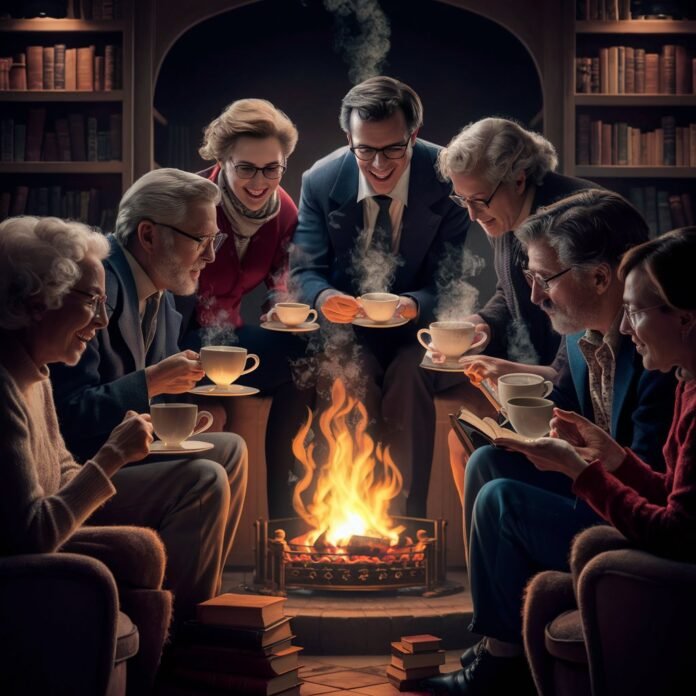The term “Witelovers” sparks curiosity—what does it represent? A niche community? A poetic phrase? A digital subculture? At first glance, it appears to blend “white” with “lovers,” suggesting themes of purity, aesthetic appreciation, or even a specialized fandom. Yet its ambiguity leaves room for deeper interpretation. Is it about minimalist design, a snow-inspired movement, or something entirely unexpected? This article delves into the possible meanings behind Witelovers, examining its potential connections to art, internet culture, and lifestyle trends. Whether it’s a brand name, a social media hashtag, or a coded reference, Witelovers invites us to explore the intersection of language, identity, and shared passion.
1. Linguistic Breakdown: Decoding “Witelovers”
The word Witelovers seems to merge “white” (or perhaps “wite,” an archaic or stylized spelling) with “lovers,” creating a phrase that could signify devotion to something light, pure, or blank. The prefix “Wite-“ might derive from Old English “hwīt” (white), suggesting an aesthetic or symbolic focus on brightness, simplicity, or even blankness as a canvas for creativity. Alternatively, “Wite” could be a deliberate misspelling for branding purposes, adding uniqueness to the term. The suffix “-lovers” implies a community or collective united by admiration—whether for a color, a philosophy, or an undefined concept. This linguistic play makes Witelovers versatile, allowing it to be molded into different contexts, from fashion to digital art.
2. Aesthetic Movements: Is “Witelovers” a Design Trend?
If interpreted literally, Witelovers could describe a minimalist, monochromatic lifestyle movement. Think all-white interiors, avant-garde fashion, or photography obsessed with snowy landscapes and clean lines. In design circles, the love of white often represents a pursuit of clarity, space, and tranquility—a rejection of visual clutter. Witelovers might then be a manifesto for those who find beauty in emptiness, akin to the “less is more” ethos. Alternatively, it could parody such trends, poking fun at the sometimes extreme devotion to neutral palettes (e.g., “Do Witelovers ever dare to use beige?”). Whether sincere or satirical, the term taps into ongoing conversations about how color shapes mood and identity.
3. Digital and Fandom Culture: A Hidden Community?
Online, Witelovers might be a micro-community or inside joke. Possible iterations include:
-
A Hashtag: Used by fans of pale aesthetics (e.g., white makeup looks, angelic cosplay, or frosty gaming skins).
-
A Fandom Niche: Perhaps a subgroup in a larger community (like “whump lovers” but for ethereal or ghostly characters).
-
A Cryptic Reference: In gaming or ARGs, Witelovers could be a faction name, password, or lore element.
Tracing its use on Tumblr, TikTok, or Discord might reveal whether it’s an emerging subculture or a fleeting meme.
4. Speculative Meanings: From Romance to Rebellion
Beyond the obvious, Witelovers could symbolize:
-
A Literary Device: In poetry, “white lovers” might represent forbidden love, winter romances, or relationships under societal scrutiny (think “snowbound star-crossed souls”).
-
A Political Statement: Could it critique racial purity narratives or celebrate multicultural unity through irony?
-
A Brand Identity: A boutique, album title, or art collective playing with dualities (light/shadow, presence/absence).
The term’s power lies in its openness—it’s a Rorschach test for cultural preoccupations.
5. Conclusion: The Allure of Ambiguity
Witelovers thrives because it resists definition. Like a blank page, it invites projection, making it ripe for artistic or communal reinvention. Whether it’s a call to embrace simplicity, a secret handshake among digital creatives, or simply a phrase that sounds intriguing, its mystery is its appeal. In an era of information overload, perhaps what we’re really loving is the space to imagine—and Witelovers offers just that.



